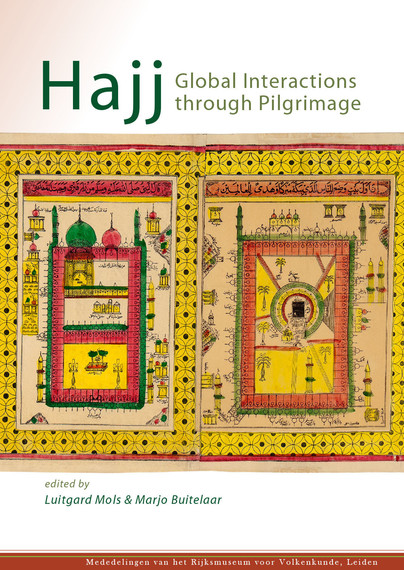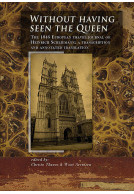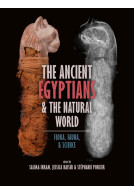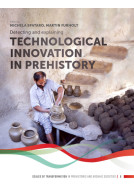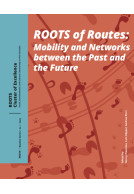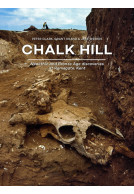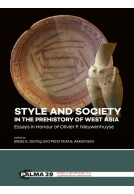Google Books previews are unavailable because you have chosen to turn off third party cookies for enhanced content. Visit our cookies page to review your cookie settings.
Hajj (Hardback)
Global Interactions through Pilgrimage
Imprint: Sidestone Press
Series: Mededelingen van het Rijksmuseum voor Volkenkunde
Pages: 245
Illustrations: 69fc/11bw
ISBN: 9789088904776
Published: 15th December 2017
Script Academic & Professional
Series: Mededelingen van het Rijksmuseum voor Volkenkunde
Pages: 245
Illustrations: 69fc/11bw
ISBN: 9789088904776
Published: 15th December 2017
Script Academic & Professional
You'll be £150.00 closer to your next £10.00 credit when you purchase Hajj. What's this?
+£4.99 UK Delivery or free UK delivery if order is over £40
(click here for international delivery rates)
Need a currency converter? Check XE.com for live rates
(click here for international delivery rates)
Need a currency converter? Check XE.com for live rates
Every year, in the last month of the Islamic calendar, millions of Muslims from around the world come together in Mecca to perform the Hajj, the pilgrimage that all capable Muslims should perform at least once in their lives. In 2013, the National Museum of Ethnology in Leiden organised the exhibition Longing for Mecca. The Pilgrim’s Journey. The chapters in this volume are the outcome of the two-day symposium on the Hajj, which was held at the museum in connection to the exhibition.
The central theme that runs through the book is how Hajj practices, representations of Mecca and the exchange of Hajj-related objects have changed over time. The chapters in the first part of the book discuss religious, social, and political meanings of the Hajj. Here the relationship is addressed between the significance of pilgrimage to Mecca for the religious lives of individuals and groups and the wider contexts that they are embedded in. Together, these anthropological contributions provide insights into the effects on Hajj practices and meanings for present-day Muslims caused by current dimensions of globalisation processes. The second part of the book takes material expressions of the Hajj as its starting point. It explores what Hajj-related artefacts can tell us about the import of pilgrimage in the daily lives of Muslims in the past and present. The contributions in this part of the volume point out that Mecca has always been a cosmopolitan city and the nodal point of global interactions far exceeding religious activities.
Together, the chapters in this book depict the Hajj ritual as a living tradition. Each with its own focus, the various contributions testify to the fact that, while the rites that make up the Hajj were formulated and recorded in normative texts in early Islam, details in the actual performance and interpretations of these rites are by no means static, but rather have evolved over time in tandem with changing socio-political circumstances.
Other titles in the series...
Other titles in Sidestone Press...







